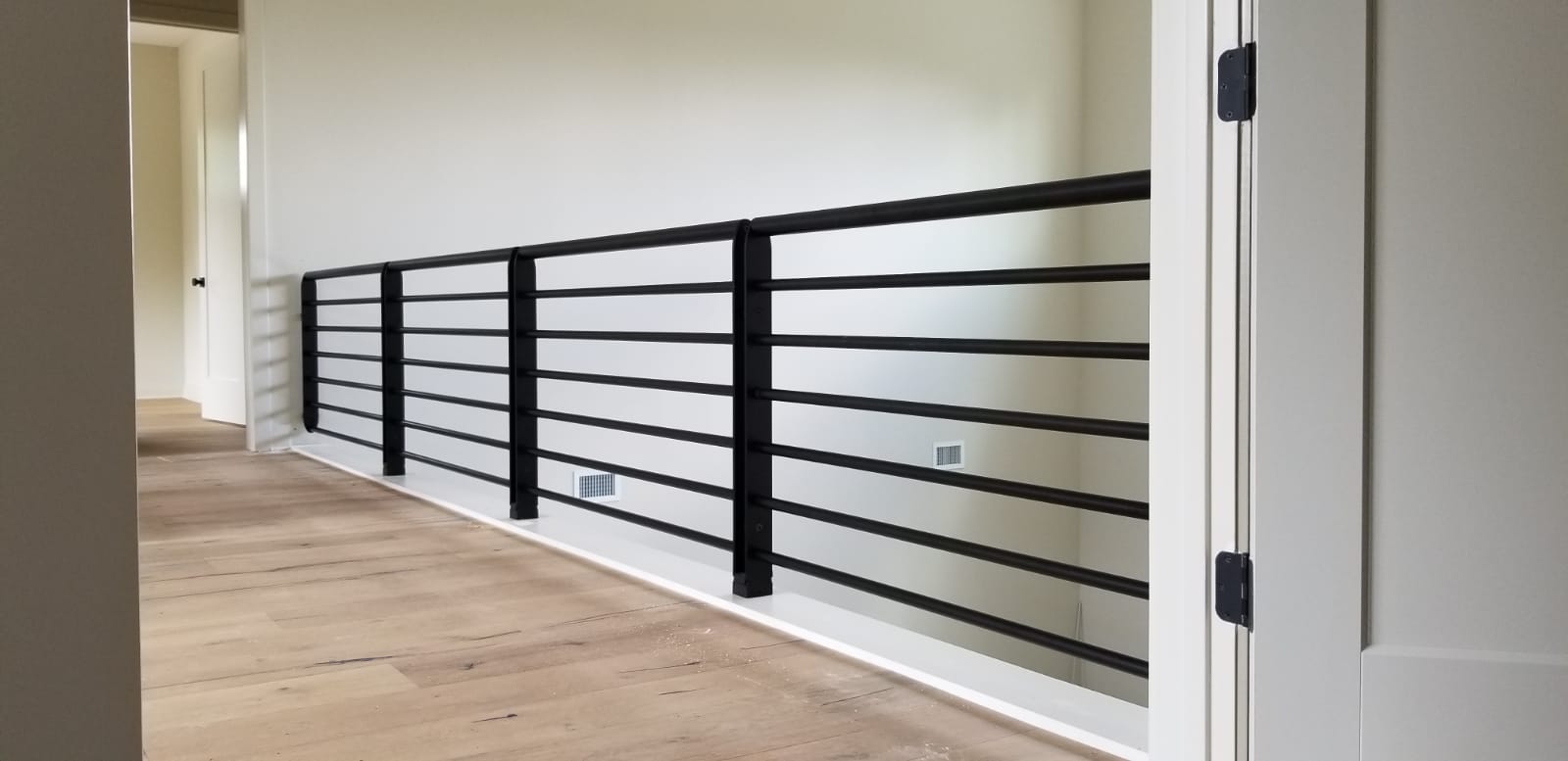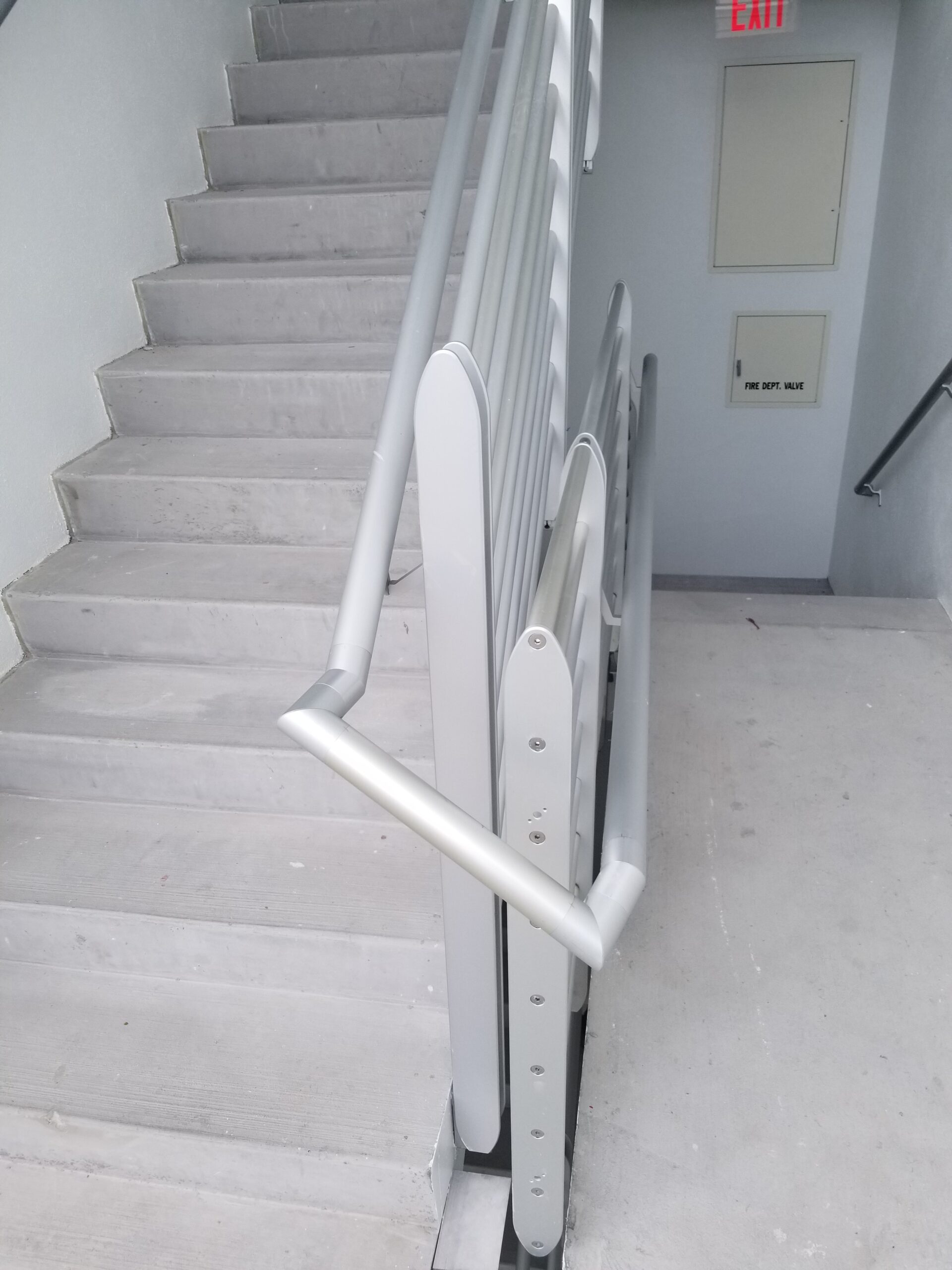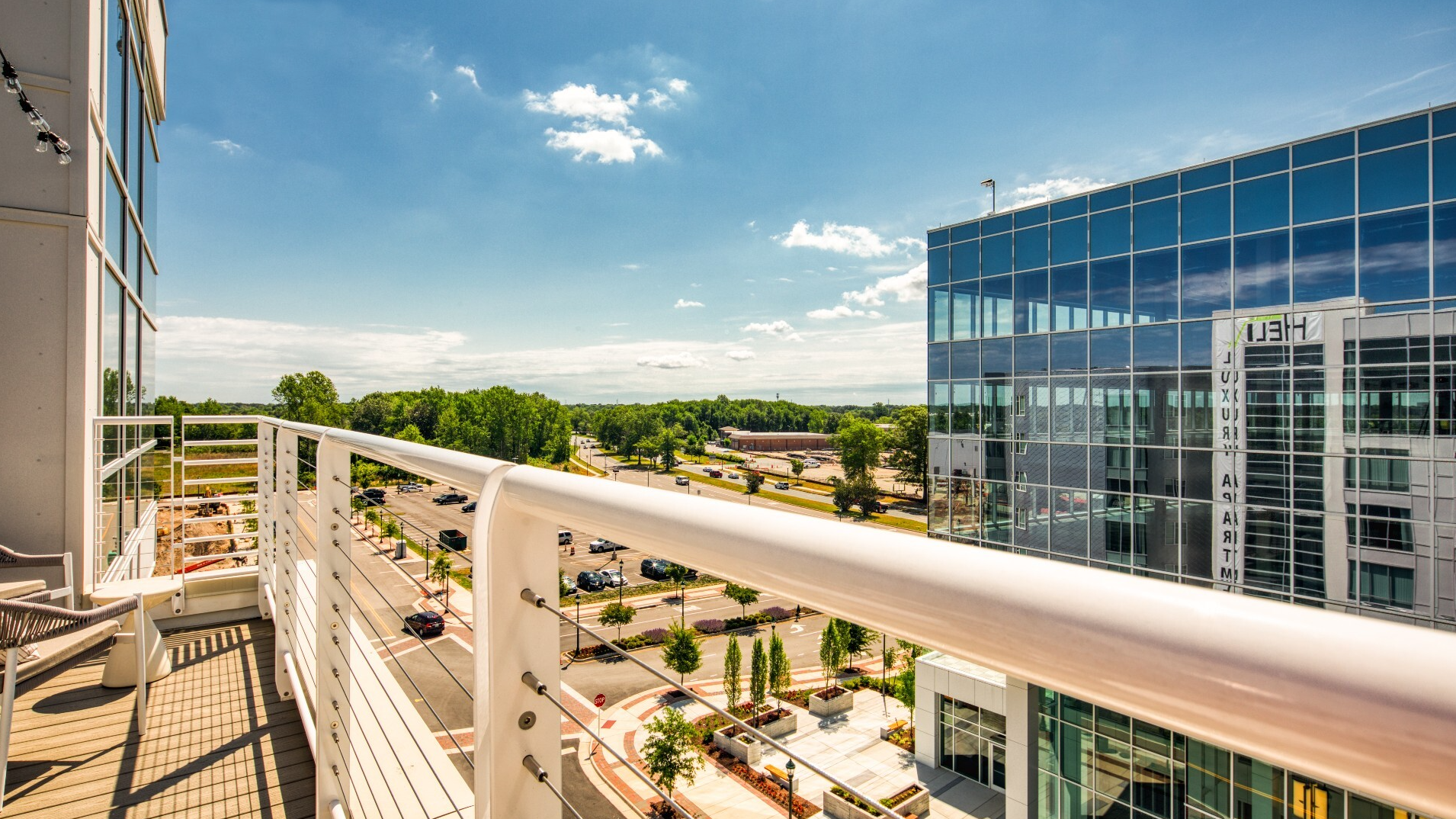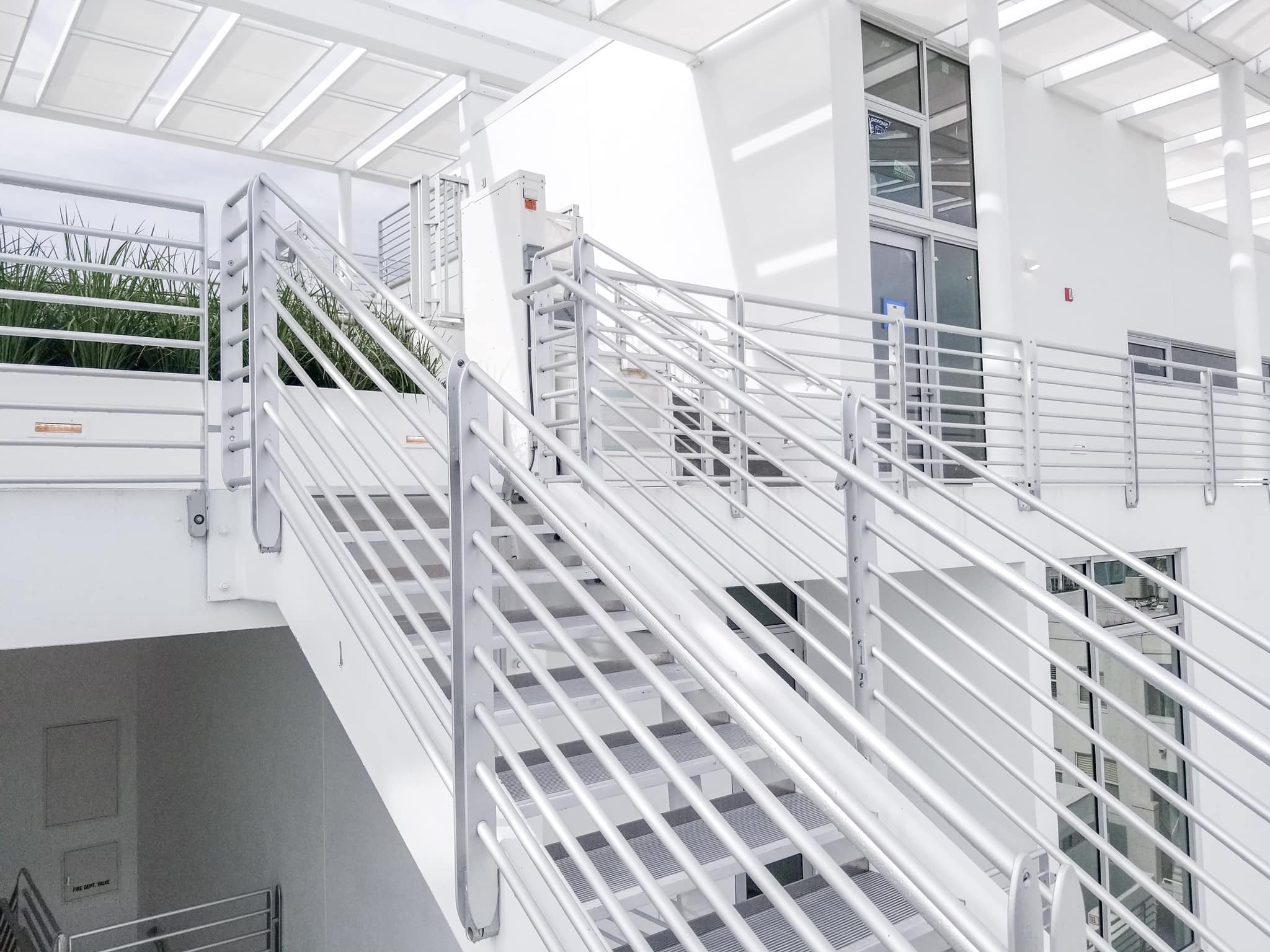Seven Things Railings Should Do for You
Railings, be them hand or guard rails, are essential components in home and business settings. From protecting you from accidents to adding that hint of style to your home spaces, they serve many purposes. Outlined below are seven essential things that railings should do for you:
1: Offer Support and Stability
The most basic and fundamental thing a railing can do for you is provide you with protective support. Handrails help reinforce safety while mounting steep surfaces and offer stability during poor weather conditions such as rain, wind, sleet, and snow.
Handrails are mandatory under the ADA (Americans with Disability Act) and ICC (International Code Council) and consequently have specific safety requirements. For example, handrails must be at a height of 34 to 36 inches above their corresponding steps and have a diameter of two inches.
2: Protect Children and Pets
Railings are put into place to prevent accidental trips and falls, which is a vital safety precaution, especially for families with small children and pets. Deck railings–a guard rail that offers protection from falling off decks and balconies–are useful at preventing serious injuries and shielding harm from wandering kids and pets.
3: Provide Comfort
Knowing that there is a protective barrier implemented in your living or working space helps eliminate any anxiety or discomfort. For those with visual impairments, horizontal railings and all other types of railings help guide them across steep surfaces with ease, reducing the risk of injury and providing sufficient accommodation.
As an adult, knowing that your children and loved ones are protected with deck railings during outdoor gathering offers peace of mind.
4: Decorate Your Space
Adding railings doesn’t just serve as a safety precaution but also a means of styling up a space. Glass, metal, and aluminium railings offer a modern railing look which can help increase the value of a home, whereas wooden railing help offer a more natural, rustic look to a building against a metal rail. Deck railings and balcony railings can also provide an attractive, aesthetic look to your backyard. If you’re looking to sell a home or building, consider installing a modular railing system to raise the value of the property and to attract potential buyers.
5: Protect Your Belongings
Having railings on your patio or balcony can offer a secure place for your items. Many people place objects such as barbeque grills, pots of flowers, chairs, and tables on their patios and decks. Having a deck railing provides fencing to counter objects flying away from brisky climates.
6: Be An Easy Surface to Clean
When it comes to taking care of railings, this job should be fairly low-maintenance. Metallic materials like aluminum, iron, and steel are easy to take care of: just a quick wipe-down every once in a while. However, in commercial buildings, railings should be cleaned and disinfected more often to account for the frequent human contact they experience on a daily basis. You can view our cleaning guide for recommendations on how to maintain your aluminium railing.
7: Be Affordable
Although some railings like aluminum railings are more costly than others, railings should be something you’d want to invest in–after all, who wants a safety protocol to be cheaply made? Generally, most railings are affordable and are worth every penny in the long run.





